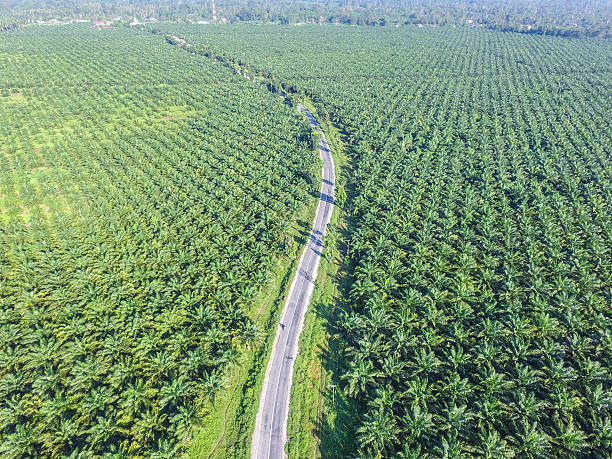Lab 5: Palm Oil: Destroying Endangered Species
** Click on the map to enable zoom with mouse wheel. **
Location of Palm Oil Plants

Palm oil is present in many items, from ice cream to soap to chocolate to cereal. While used in a food processing, it is also being used in biodiesel. According to the New York Times, the United States encouraged the use of oils in fuels, with the goals of reducing CO2. However, this had the opposite effect. Forests were cut down in order to make way for the oil palm tree, causing large amounts of carbon emissions to get released into the atmosphere from the slashing and burning of forests.
[Chart 1] This chart shows the ratio of non-certified and RSPO Certified Palm Oil Plants in the dataset
Of the 933 mills listed in the data retrieved from the Global Forest Watch, only 221 are certified by RSPO, the Roundtable on Sustainable Palm Oil. RSPO has set up a certification for sustainable palm oil in which companies who want this certification must comply with environmental and social criteria set up through RSPO. While this seems great, RSPO states on their website that only 19% of palm oil is certified by them with an area of 2.79 million ha. There is also the Roundtable on Sustainable Biomaterials (RSB), Sustainable Agricultural Network (SAN), International Sustainability & Carbon Certification (ISCC), and Malaysian Sustainable Palm Oil (MSPO) which all have their own certification standards, however I am not able to get information from these sites on their numbers.
[Chart 2] This chart shows the number of mills owned by each of the companies in the data set provided. There is also the group FELDA that owns 14 mills and Sime Darby Plantation Sdn Bhd that owns the most mills at 41 mills total. There are also 784 mills that the group is listed as "Unknown".
The map below shows the locations of palm oil mills.
Sumatran Tiger Habitat

Oil palm trees are widely grown in southeast Asia, Latin America, and Africa. This area makes up a large portion of critical habitat for endangered and critical species, such as orangutans. According to an article written by One Green Planet in 2016, the Sumatran Tiger is another animal that is threatened to become extinct. There are currently less than 400 Sumatran Tigers in existence. The destruction of their habitat is in part due to palm oil, although palm oil is not the only reason. The destruction of habitat increases the chance that these tigers will come into contact with humans while they are searching for food. In addition, the loss of apex predators have a major impact on the biodiversity of the area.
The map below shows the locations of tiger habitat.
** Zoom in and out to see the tiger habitat. **
This graph shows the number of tiger habitats that are certain sizes (in ha). The majority of tiger habitat is under a million
[Chart 3] This chart shows the amount of tiger habitat by hectare.